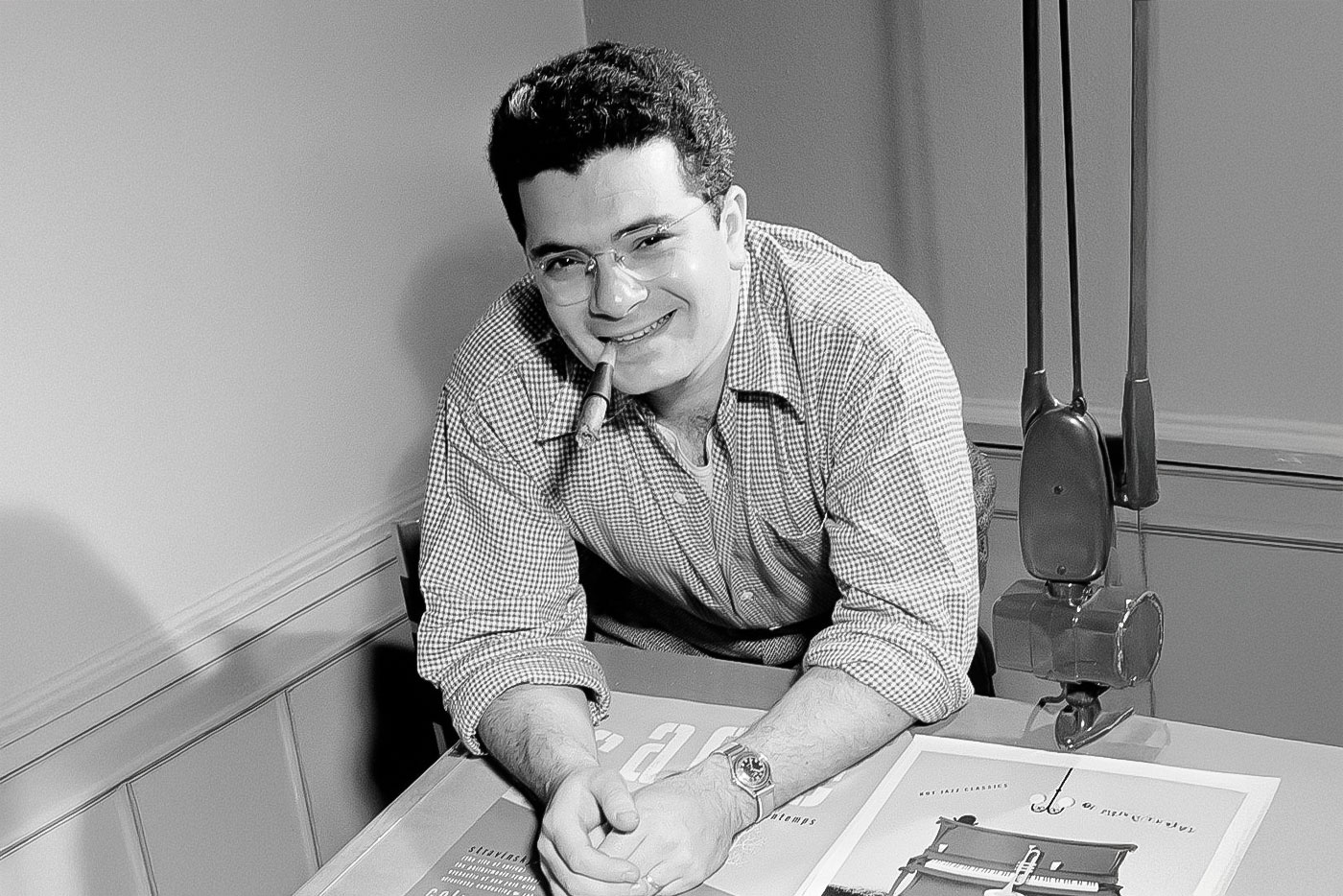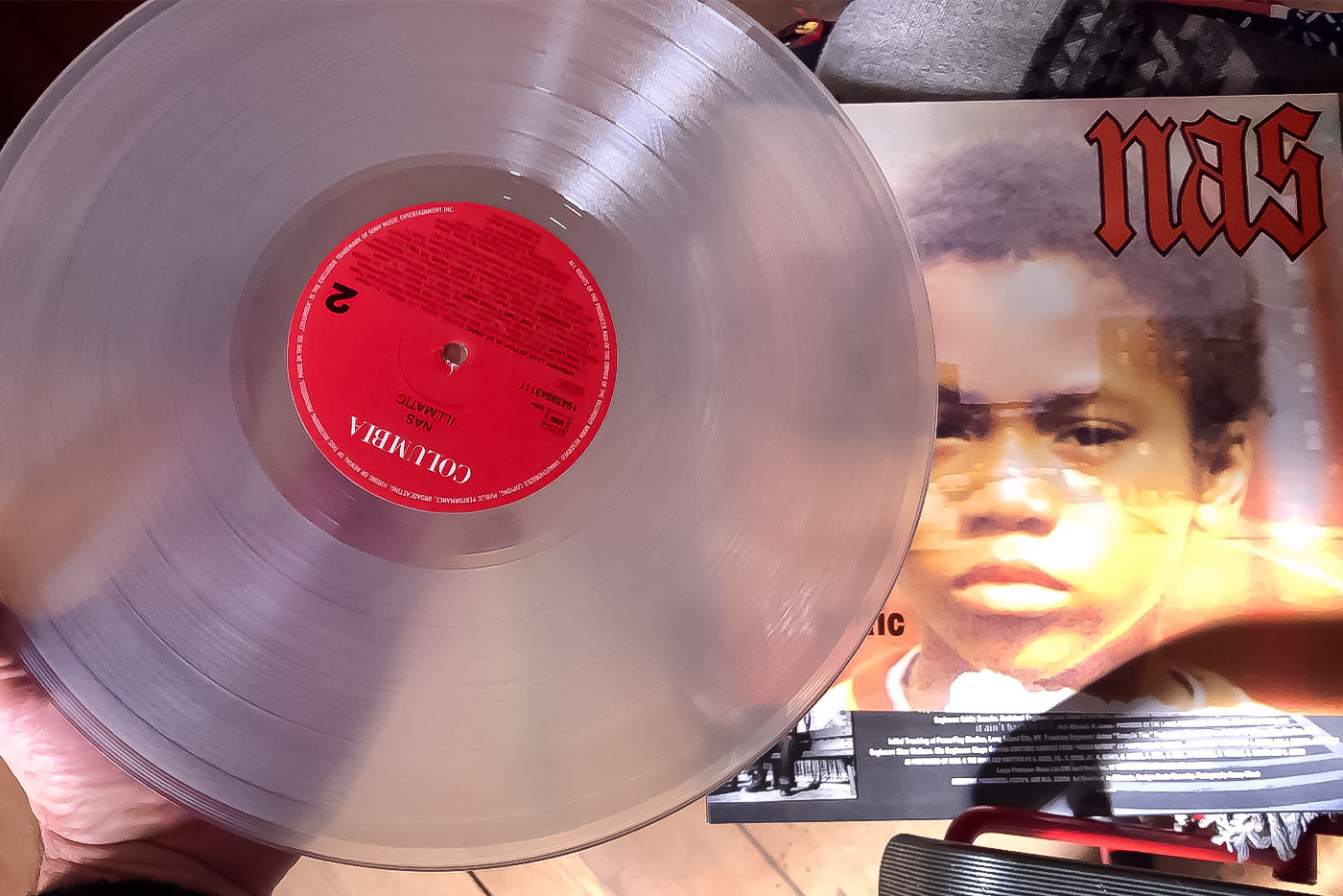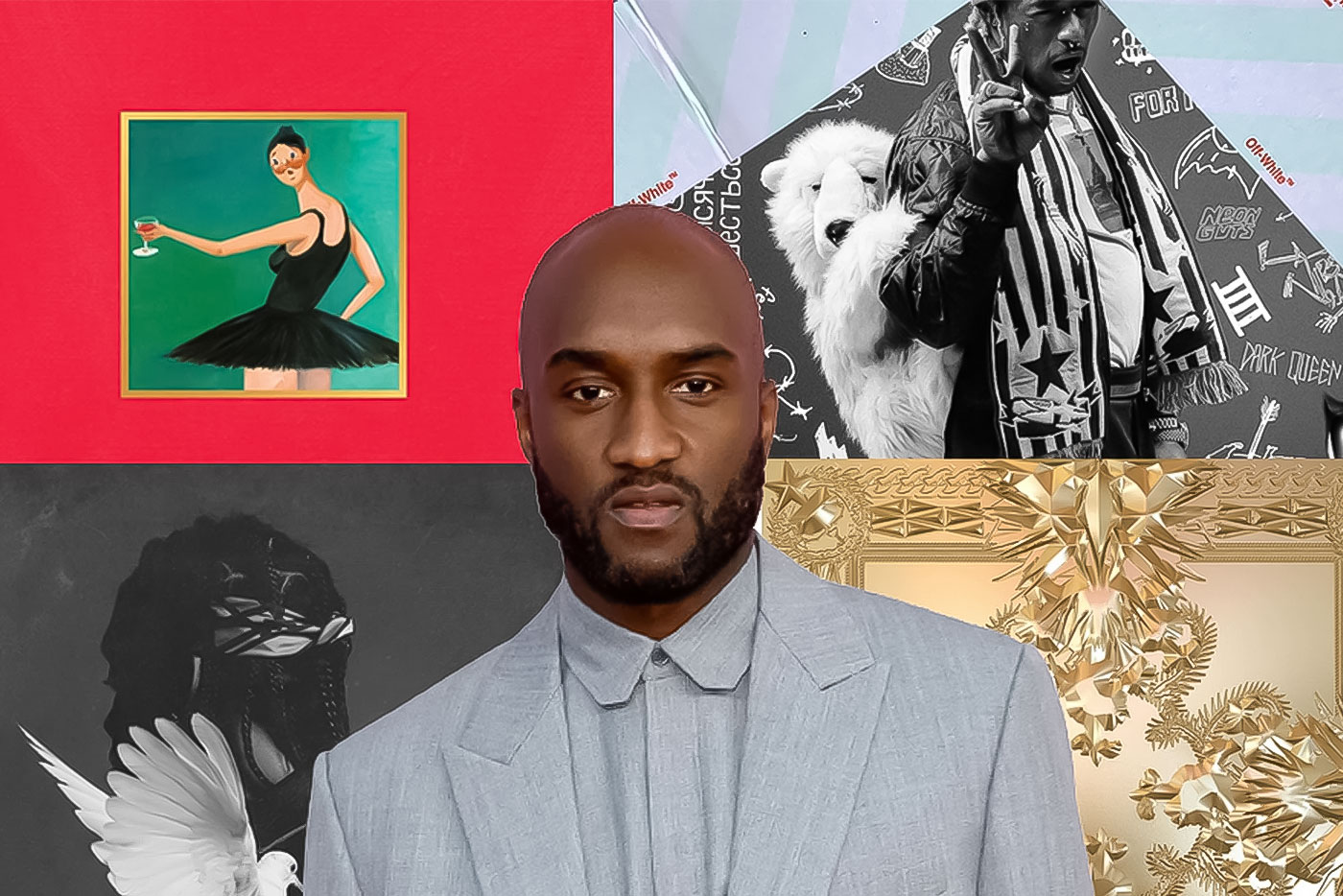Album Covers – The Visual Evolution of Sound
When thinking of a song that held a cultural impact, chances are the cover art is as iconic as the first note. For nearly a century, album art has done more than protect vinyl; it’s shaped how people experience music. From the tactile sleeves of the 1930s to the tiny digital thumbnails of today, album covers have evolved alongside culture itself – transforming sound into something visual, collectible, and iconic.
From Brown Sleeves to a Blank Canvas
In the 1930s, album covers were little more than plain brown paper – practical, disposable, and purely for protection. Music existed in sound, not yet in sight. That changed in 1940 when graphic designer Alex Steinweiss created the first illustrated album cover for Columbia Records. His simple idea, that visual coils sell sound, reshaped the industry overnight. Suddenly, music had a face. Steinweiss’s visuals turned each record into a miniature gallery piece, setting the stage for decades of innovation.

Alex Steinweiss/Courtesy of Pinterest
The Golden Era – 1940s to the 1970s
If Steinweiss opened the door, the mid-century artist blew it off its hinges. The 1940s and 1970s are often called the “golden era of album covers,” when music and art collided in full colour. Covers became cultural statements and visual representations of an artist’s message and mood.
Think of The Beatles’ “Abbey Road”: four silhouettes frozen mid-stride, a silent testament to fame and finality. Or David Bowie’s “Aladdin Sane,” with that lightning bolt splitting his face like a symbol of reinvention. Pink Floyd’s “The Dark Side of the Moon” transformed a simple prism into a psychedelic icon, while The Velvet Underground & Nico’s banana cover (courtesy of Andy Warhol) blurred the line between pop art and punk provocation.
Each cover wasn’t just a design; it created cultural buzz and conversation. They were reflections of rebellion and self-expression in an era when music wasn’t streamed, but experienced.

Juan Miguel Salas
The ‘90s – Grunge, Grit and the Raw Real
By the 1990s, the album cover mirrored the messy, unapologetic chaos of the decade’s sound. The glam of the ‘80s gave way to the realism of grunge and hip-hop.
Nirvana’s “Nevermind,” a naked baby chasing a dollar bill, became the symbol of anti-commercialism in a commercial world. Red Hot Chili Peppers’ “Blood Sugar Sex Magik” merged sensuality and chaos in tattoo-like swirls. TLC’s “CrazySexyCool” embodied feminine power and glossy confidence, while Nas’s “Illmatic” offered a portrait of youth and survival in Queensbridge, New York.
These covers weren’t designed to be beautiful; they were designed to be real. They were raw and human, mirroring a generation that was changing the status quo.

Navjosh/HipHopNmore
The Digital Shift – When Covers Went Tiny
Fast forward to today, where most listeners first see an album cover as a one-inch square on Spotify. The shift from physical to digital has changed everything. Gone are the days of flipping through shelves and holding album sleeves—scrolling has replaced the music search. Yet, somehow, that tiny image still carries massive weight.
Album covers now double as branding tools. Artists are no longer just musicians; they’re multi-dimensional brands. Take Travis Scott’s “Astroworld,” an amusement-park dreamscape that defined an entire era of hip-hop visuals. Or Beyoncé’s “Renaissance,” where metallic sensuality and Afrofuturism collide. The artwork isn’t just aesthetic – it’s a brand statement, a story in still life.
Fashion designers, creative directors, and visual artists have become as crucial as producers. The late Virgil Abloh, for example, collaborated with everyone from Kanye West to Pop Smoke, infusing fashion minimalism into music’s visual identity. His influence blurred the boundary between album art, streetwear, and luxury – proving that in 2025, an album cover can have the visual power of a runway look.

Virgil Abloh/Canal+ Jack magazine
From Record Stores to Reposts
Today, the album cover doesn’t live in a record store bin; it lives on social media feeds. Platforms like Instagram and TikTok have turned album imagery into viral content, where fan-made edits and viral challenges fuel the hype long before release day.
Artists understand this. Every rollout is a visual campaign, a teaser, or a moodboard waiting to trend. In a sense, social media has revived what was lost with physical albums: that shared anticipation, that moment of connection shared between artist and audience. It’s just happening on a screen instead of a turntable.

Courtesy of It’s Nice That
The Images Behind the Sound
The album cover’s power has always been about more than design. It’s about identity. It’s an intersection of sound and style, a mirror of the moment. From Steinweiss’s painted sleeves to today’s CGI dreamscapes, album art continues to represent a generation’s sound before listeners even hit play.









